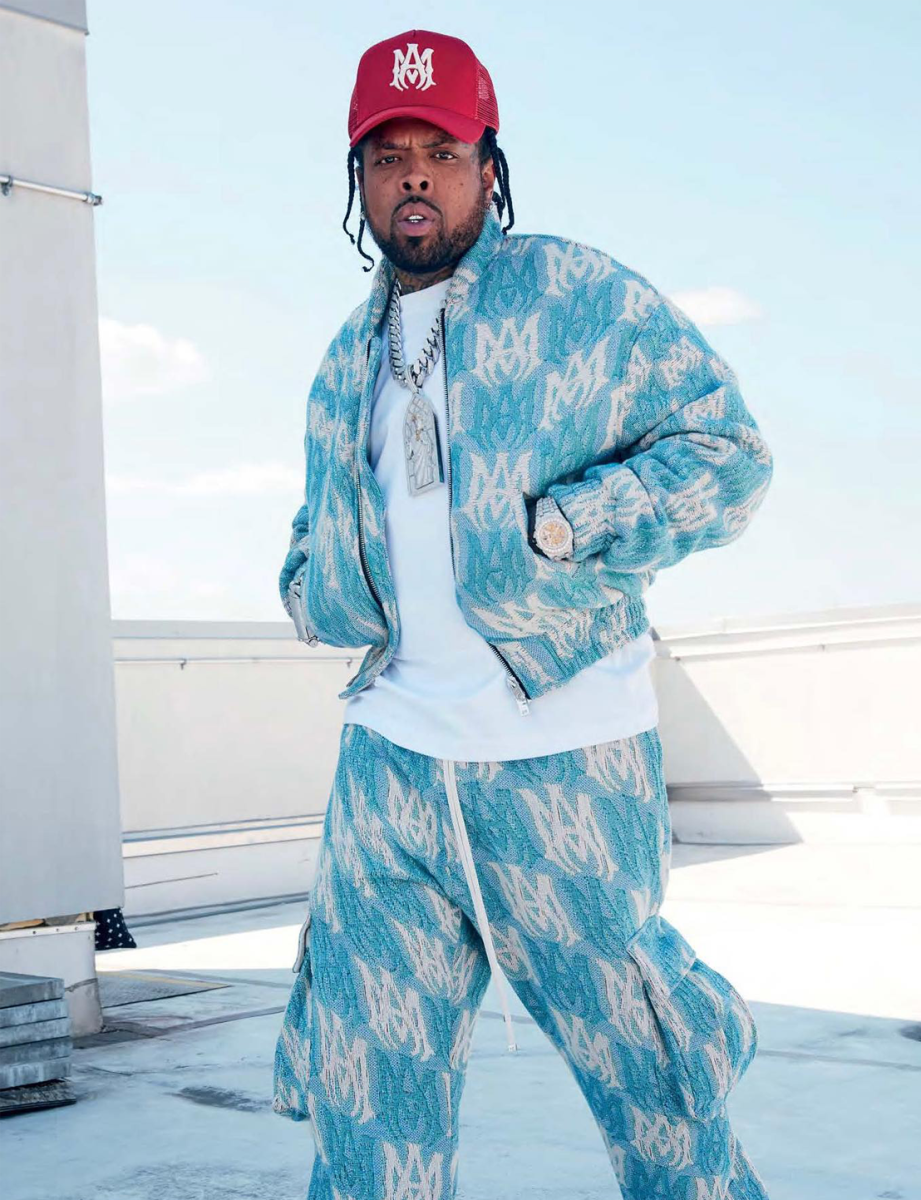Recognizing Clothes: The Significance of Textile Choices in Your Closet
The option of material in apparel plays a critical role in both visual appeals and capability. Different products offer differing degrees of sturdiness, convenience, and breathability, straight affecting the user's experience. Comprehending these nuances can improve one's closet significantly. Yet, several neglect how these selections can influence not just individual style, however additionally sustainability. What textile decisions could redefine your closet and align it with both style and duty?
The Role of Material in Style and Performance

Typical Textile Kinds and Their Characteristics
When selecting garments, recognizing the features of typical fabric kinds is crucial for making educated choices. Cotton, a widely-used natural fiber, is known for its soft qualities, breathability, and adaptability, making it suitable for sportswear and daily garments. Linen, another natural alternative, boasts exceptional moisture-wicking properties and a distinct appearance, ideal for warm climates.Wool, commonly preferred for its warmth and durability, differs in excellence; merino woollen is soft versus the skin, while coarser types are made use of for outerwear. Synthetic materials like polyester and nylon use durability and resistance to creases, making them prominent for activewear and travel garments. Lastly, blends, which combine synthetic and natural fibers, can boost functionality while keeping convenience. By recognizing these fabric qualities, people can pick apparel that aligns with their way of life and aesthetic choices.
Breathability and Convenience: Picking the Right Fabrics for Different Environments
Choosing the appropriate fabrics for numerous climates can considerably enhance comfort and total wearability. Breathable products are important in hot environments, as they allow air circulation and dampness evaporation. Fabrics such as cotton, bed linen, and moisture-wicking synthetics properly draw sweat away from the body, maintaining the user cool and dry. On the other hand, in cooler environments, thicker textiles like wool or fleece give insulation while retaining breathability, making sure heat without overheating.Additionally, the choice of material weight plays an essential duty; light-weight fabrics are preferable for summer season, whereas heavier options are matched for winter season wear. Recognizing the one-of-a-kind homes of each textile allows individuals to clothe appropriately for differing weather condition conditions. Ultimately, choosing comfy and breathable materials tailored to details climates can significantly enhance everyday convenience and enhance the total experience of wearing garments.
Resilience and Treatment: How Fabric Affects Long Life of Your Closet
Picking the right products can considerably influence the toughness and treatment demands of a closet. Fabrics such as cotton and polyester are recognized for their strength and ease of upkeep, making them optimal for daily wear. In comparison, delicate materials like silk and lace need even more mindful handling and specialized cleaning techniques, which can raise the time and initiative needed for care. Branded Clothing.Durability is additionally influenced by the fabric's weave and finish; tightly woven materials tend to withstand damage far better than loosely woven options. Furthermore, synthetic blends commonly offer improved durability, integrating the most effective qualities of numerous fibers.Understanding the care instructions for every textile is necessary, as improper washing or drying out can cause early wear. Eventually, picking long lasting products can lead to a longer-lasting closet, lowering the frequency of replacements and adding to an extra lasting style selection
The Effect of Textile on Fit and Shape

Lasting Fabric Choices: Making Eco-Friendly Decisions
The influence of material extends beyond fit and shape to encompass environmental factors, triggering an expanding interest in lasting fabric options. Green textiles, such as organic cotton, hemp, and Tencel, are getting traction among customers who prioritize sustainability in their wardrobes. These products are often created with fewer chemicals and water, minimizing their ecological footprint.Additionally, recycled fabrics, made from post-consumer waste, supply a cutting-edge option to the textile industry's air pollution problem. Brands increasingly accept openness in their sourcing methods, permitting customers to make educated choices concerning their purchases.Choosing sustainable materials not just supports moral techniques however additionally motivates the fashion business to adopt even more accountable production techniques. As recognition of environmental problems increases, people are prompted to review the long-term influence of their fabric selections, fostering an activity towards a more sustainable and eco aware strategy to fashion.
Boosting Design: Just How Fabric Can Transform an Outfit
While many might concentrate on color and cut when picking an outfit, the selection of fabric plays a necessary function in elevating design and enhancing total appearance. Various materials communicate distinct state of minds and messages; as an example, silk exudes high-end and refinement, while denim uses an informal, kicked back ambiance. The texture and drape of a textile can drastically alter the silhouette, with structured materials supplying a sleek appearance and softer ones creating a much more fluid, loosened up aesthetic.Moreover, the weight of the fabric influences wearability across periods. Lightweight materials like bed linen and cotton are optimal for summer, while much heavier materials such as woollen and velvet provide heat and elegance in chillier months. Understanding fabric buildings, such as breathability and stretch, likewise empowers people to make enlightened options that improve comfort my website without jeopardizing design. Ultimately, the appropriate fabric can transform an attire from common to phenomenal, making it an essential consideration in any kind of wardrobe.
Often Asked Inquiries
How Do I Determine the Material Material of My Garments?
To recognize fabric material, one can analyze treatment labels, conduct melt tests for fiber identification, or seek advice from material swatches. These techniques aid distinguish products, guaranteeing notified options for clothing care and upkeep in everyday wear.
Can Fabric Option Affect My Mood or Self-confidence?
Material option can greatly influence a person's state of mind and confidence. Branded Clothing. Certain materials may evoke feelings of convenience or style, while others can really feel limiting or unflattering, ultimately affecting self-perception and emotional well-being throughout the day
What Fabrics Are Best for Sensitive Skin?
For people with sensitive skin, natural materials like bed linen, cotton, and bamboo are often suggested. These products are breathable, hypoallergenic, and less likely to create irritation, making them ideal choices for convenience and skin health.
Exactly how Do I Correctly Clean and Take Care Of Various Fabrics?
To appropriately clean and care for different fabrics, one have to consider each product's details requirements, consisting of temperature level setups, detergents, and drying out methods, making sure longevity and preserving the material's original high qualities for ideal use.
Are There Details Fabrics for Athletic or Efficiency Put On?
Athletic or performance wear often utilizes textiles such as polyester, spandex, and nylon. These products are developed for moisture-wicking, breathability, and flexibility, boosting movement and convenience throughout exercises while supplying sturdiness and support. Alternatively, in cooler environments, thicker materials like woollen or fleece supply insulation while preserving breathability, ensuring heat without overheating.Additionally, the option of material weight plays a crucial role; light-weight fabrics are better for summer season, whereas larger alternatives are matched for winter wear. In contrast, fragile materials like silk and shoelace call for even more careful handling and specialized cleansing approaches, which can raise the time and effort needed Full Report for care.Durability is additionally influenced by the material's weave and coating; securely woven textiles have a tendency to withstand wear and tear far better than freely woven choices. In contrast, inflexible textiles can limit activity however offer a timeless, polished look.Moreover, the thickness and structure of the click over here textile can affect the visual understanding of body shape. The influence of fabric extends past fit and shape to incorporate environmental aspects, triggering an expanding passion in lasting textile choices. The appearance and drape of a textile can drastically modify the shape, with organized materials giving a sleek appearance and softer ones producing a much more fluid, kicked back aesthetic.Moreover, the weight of the fabric influences wearability across seasons.